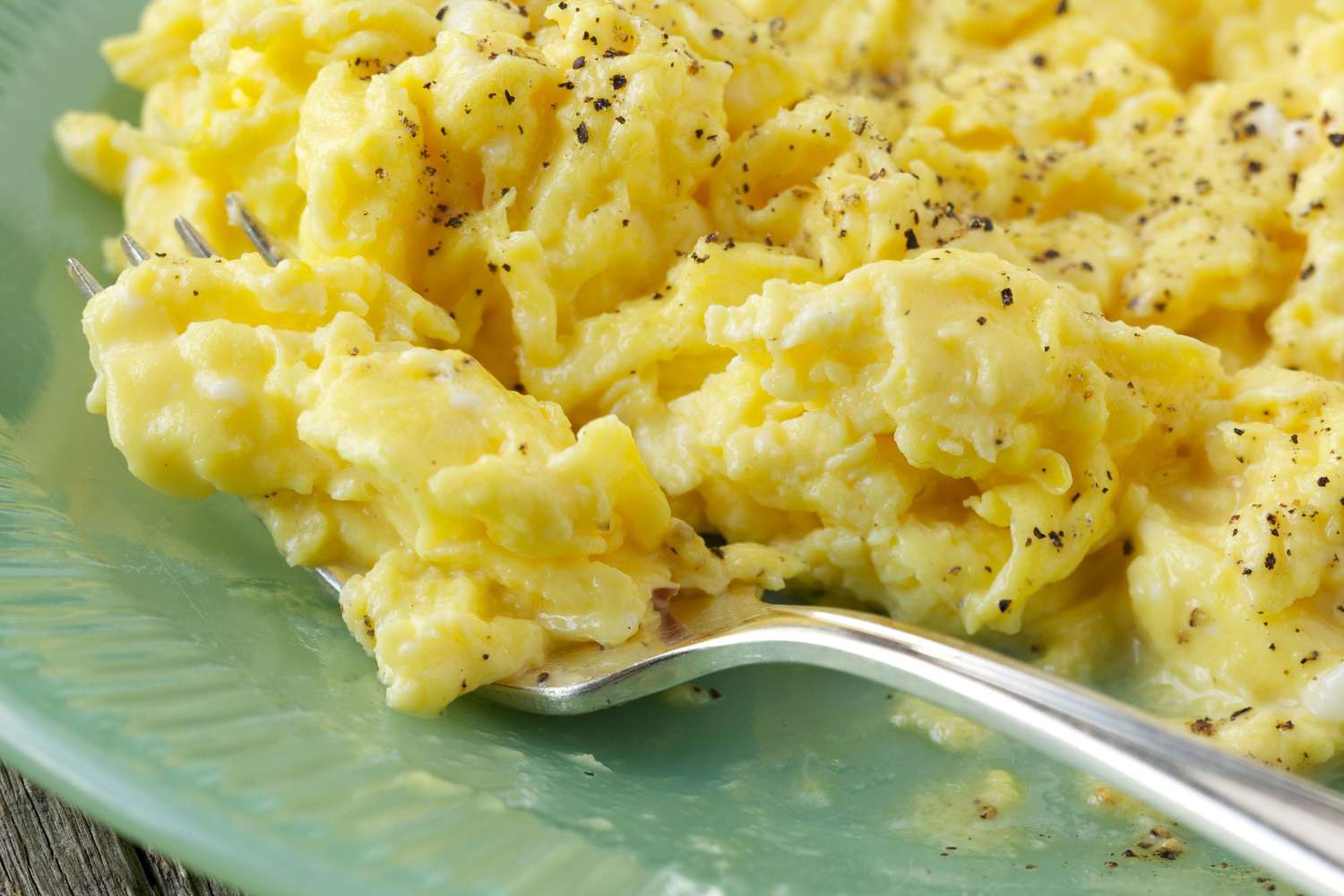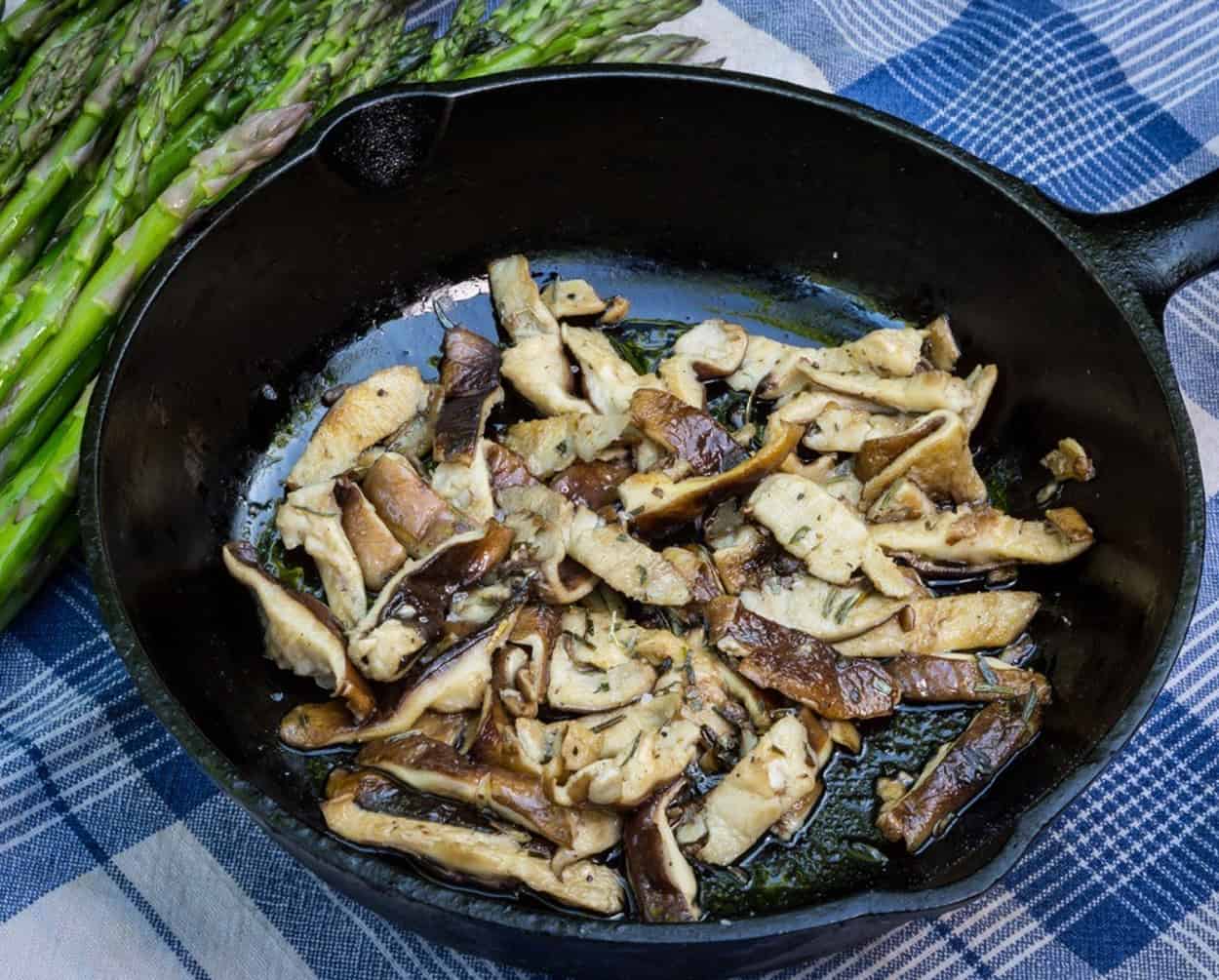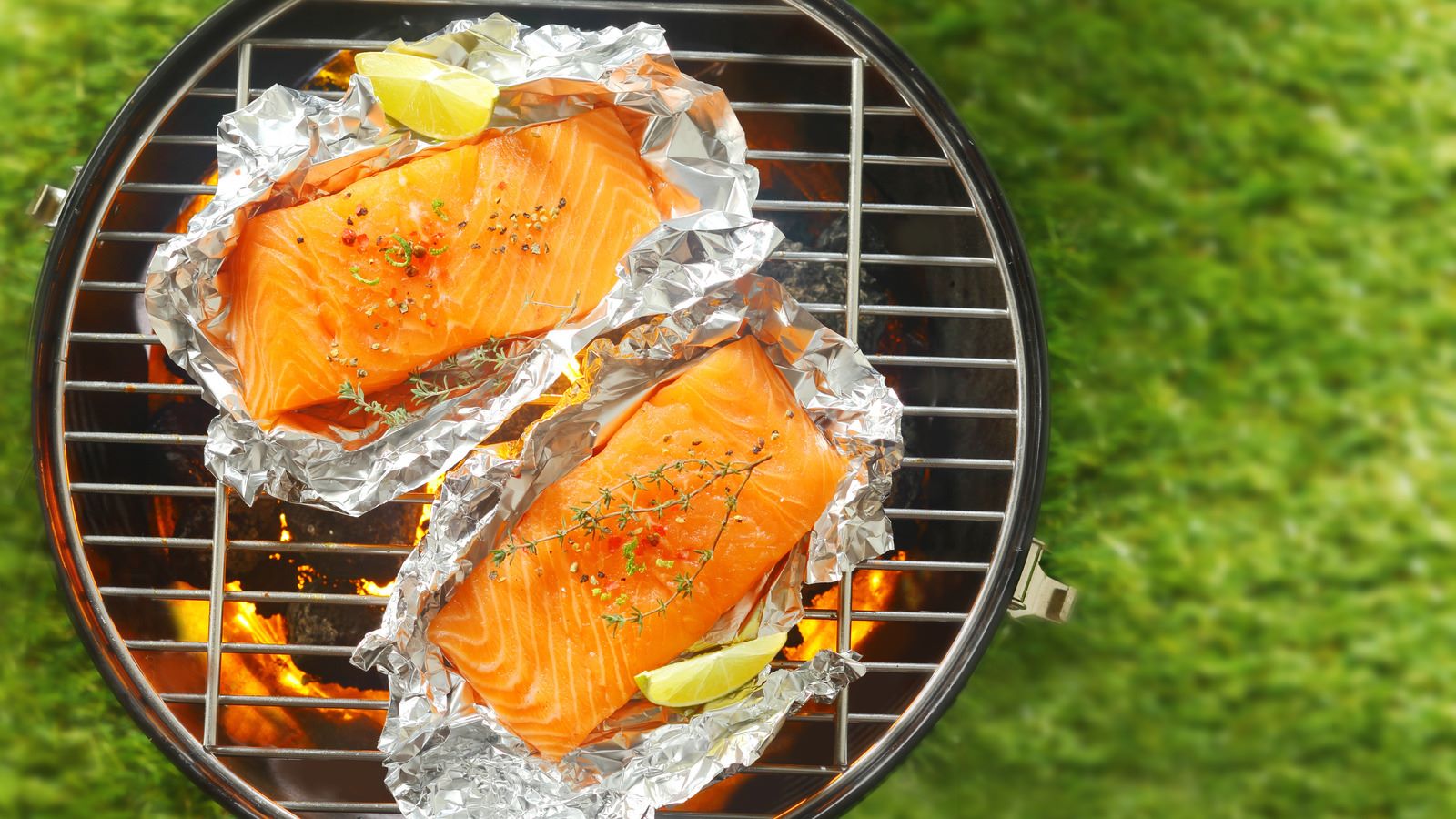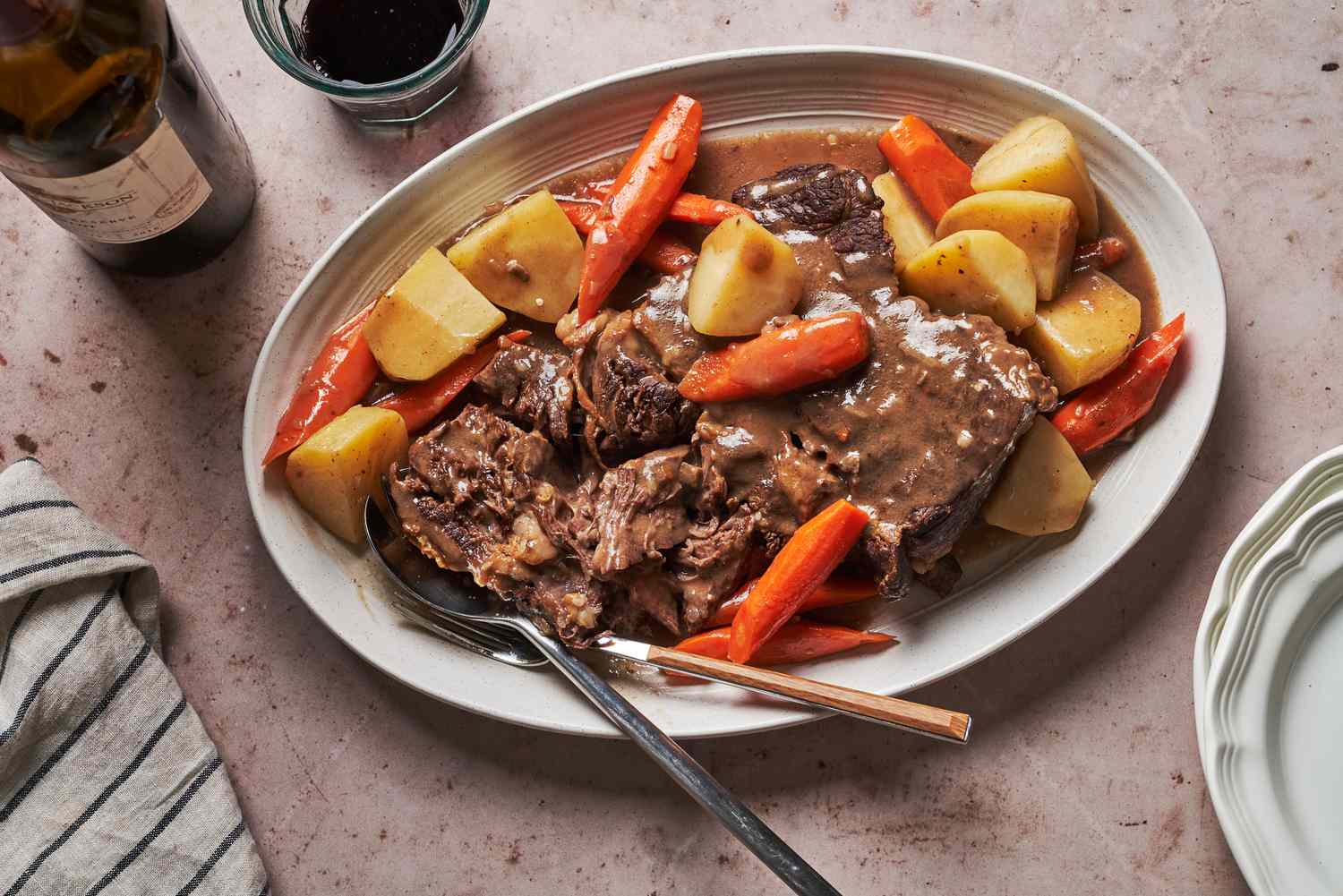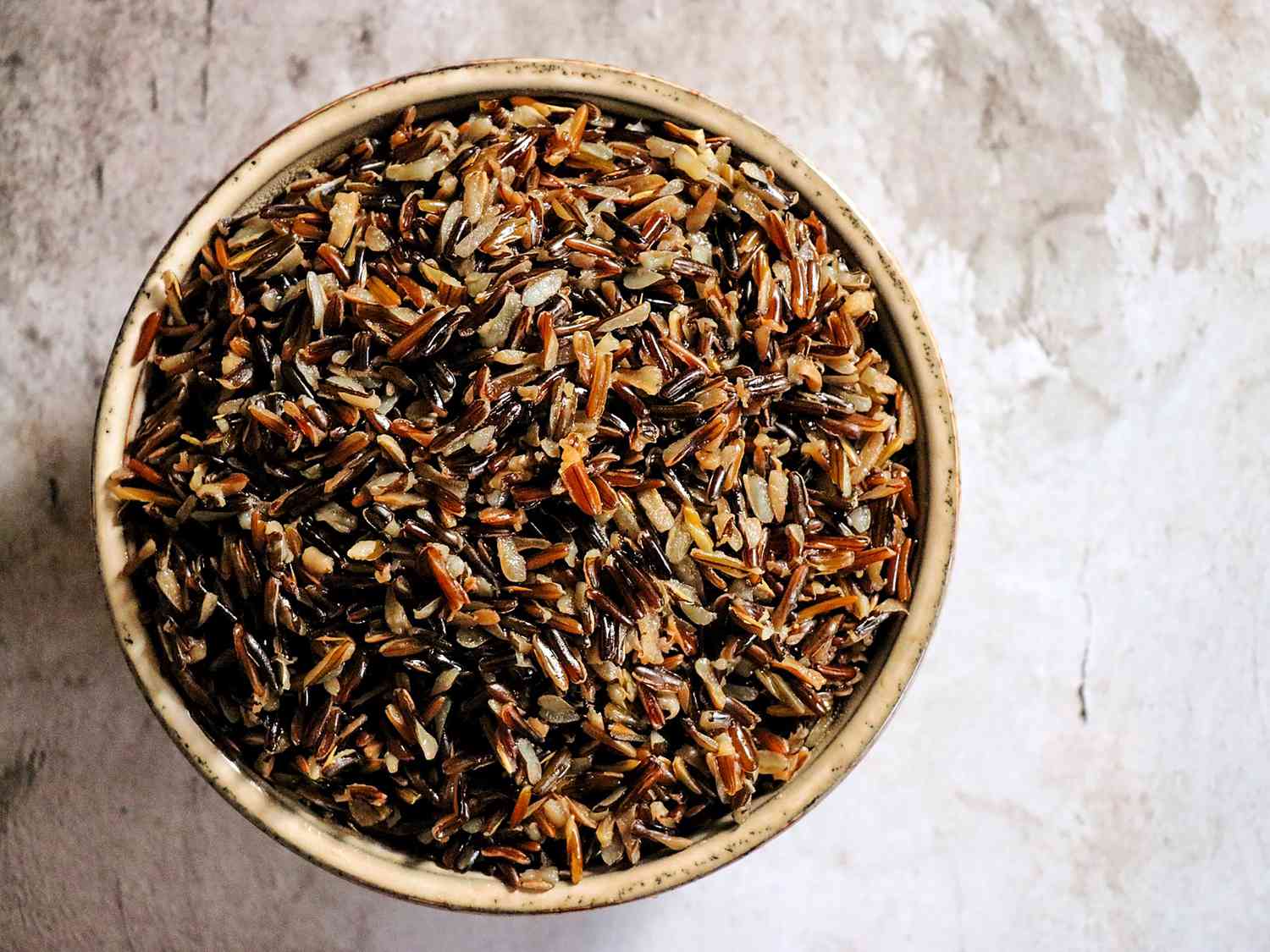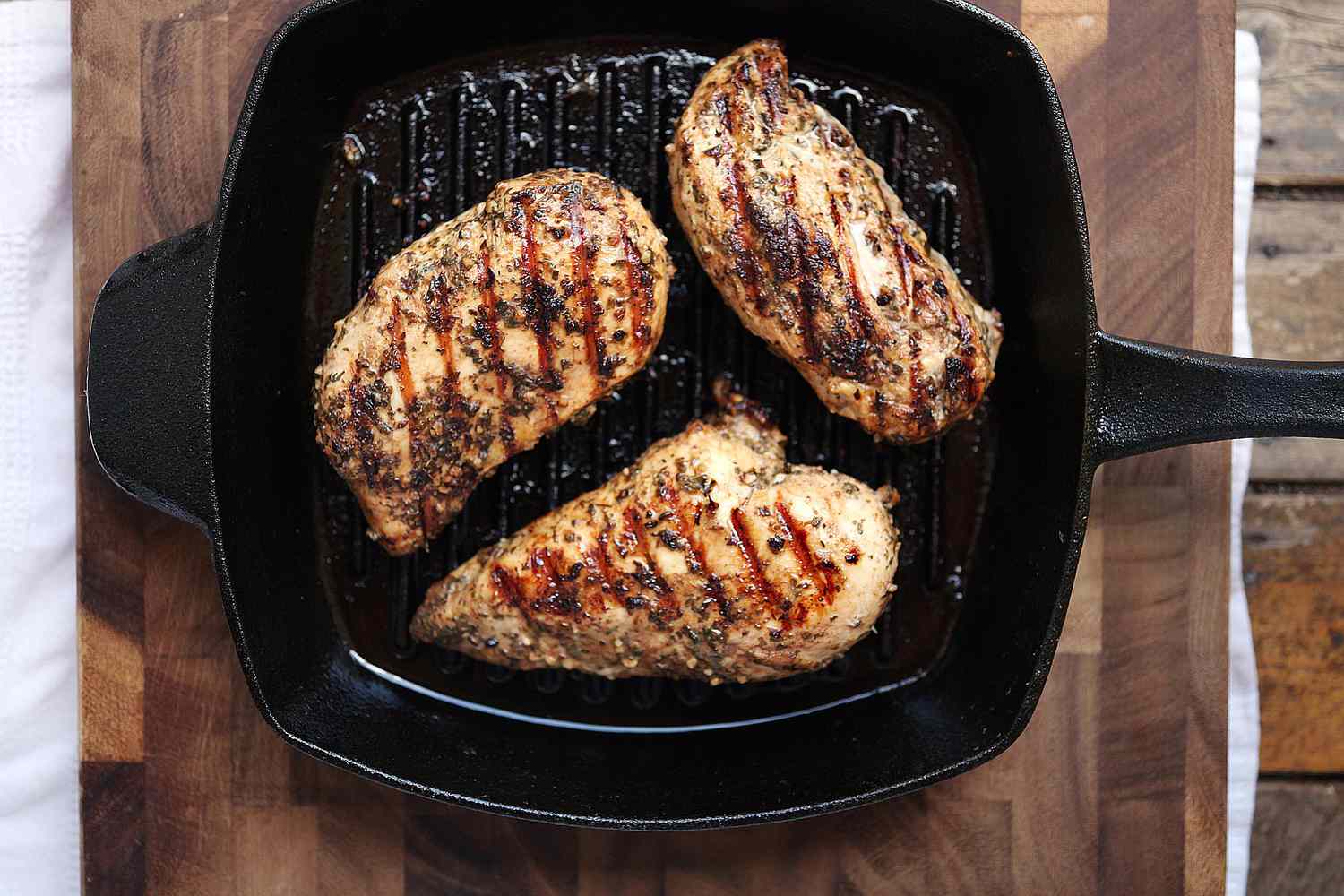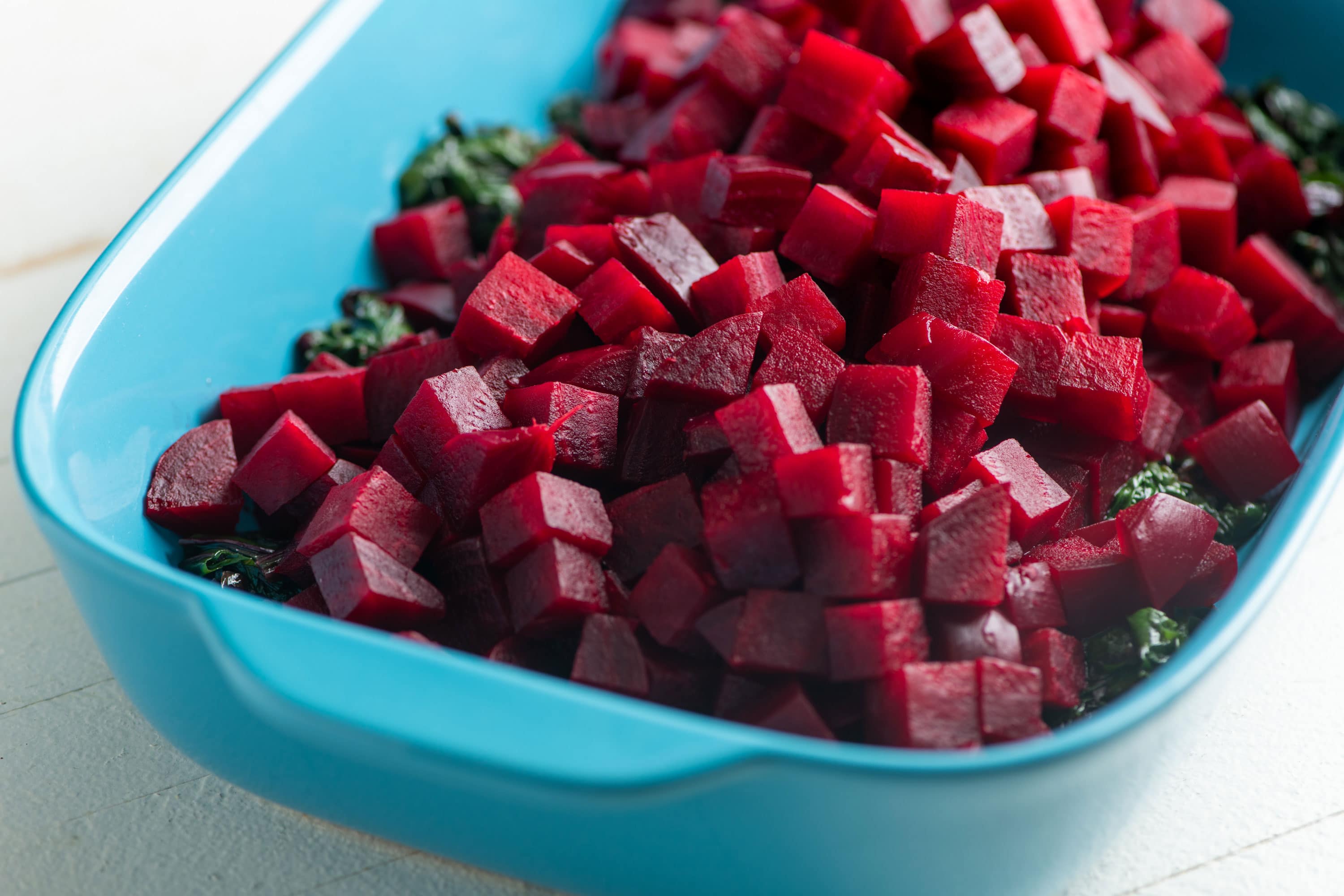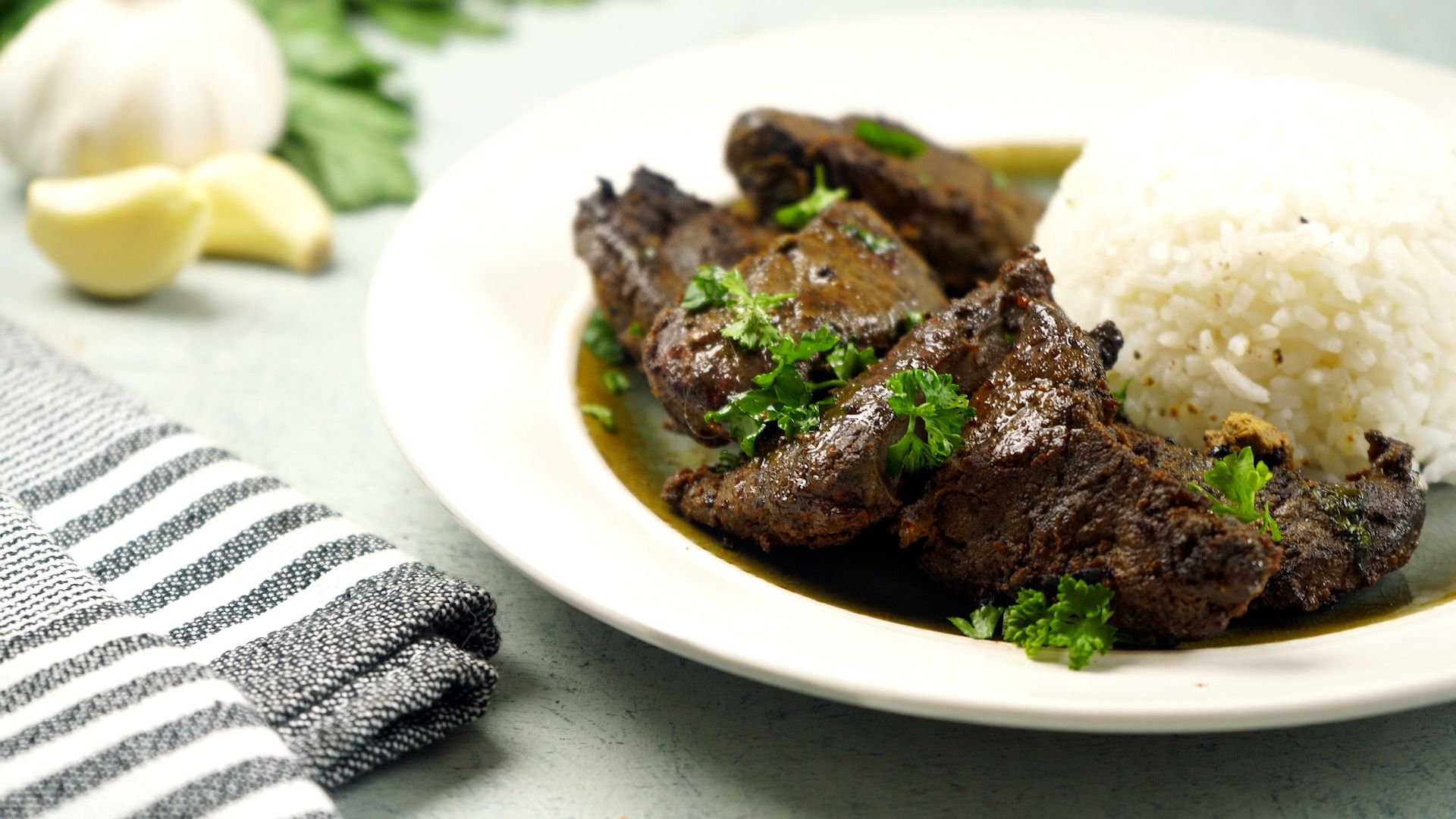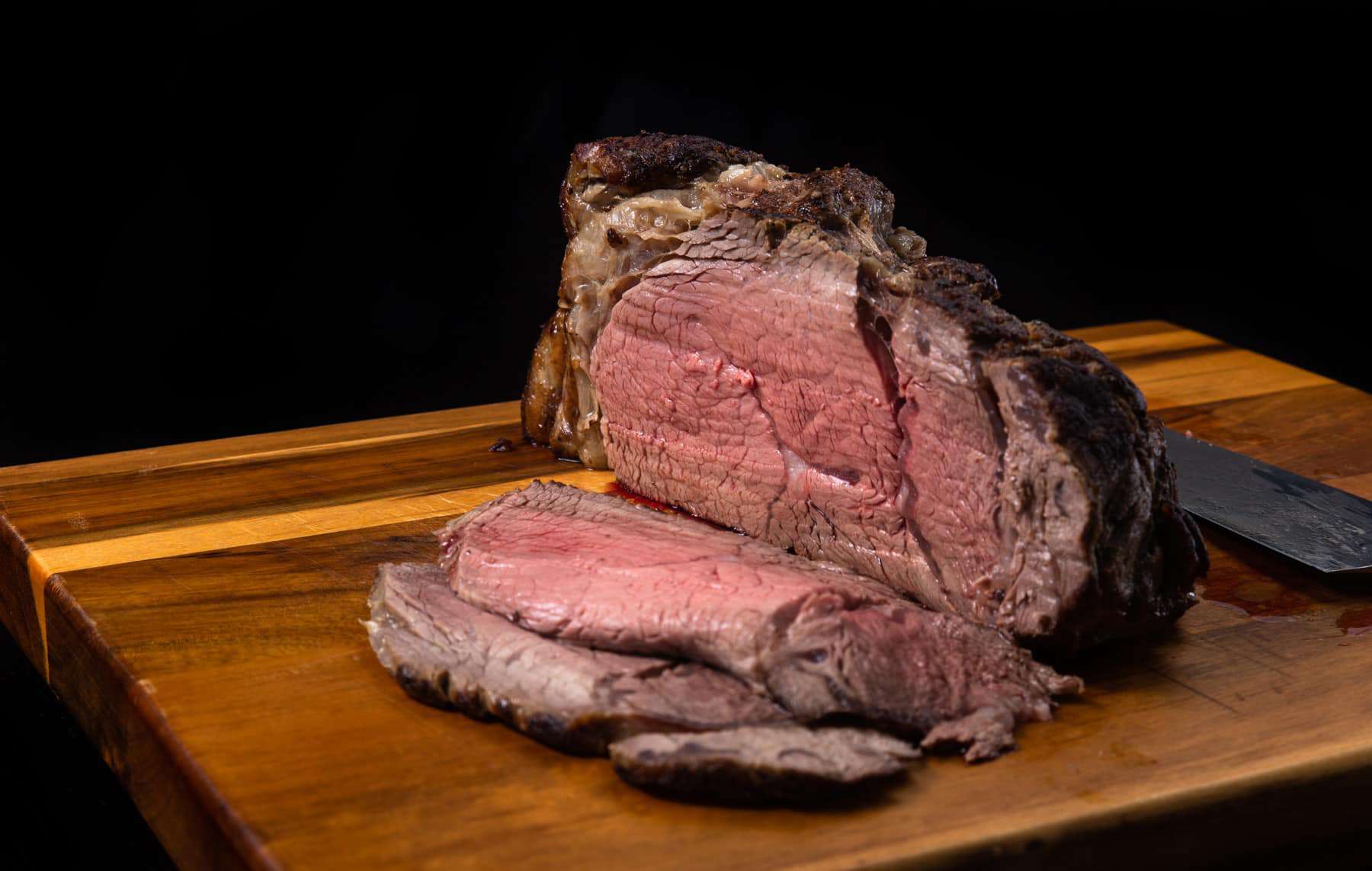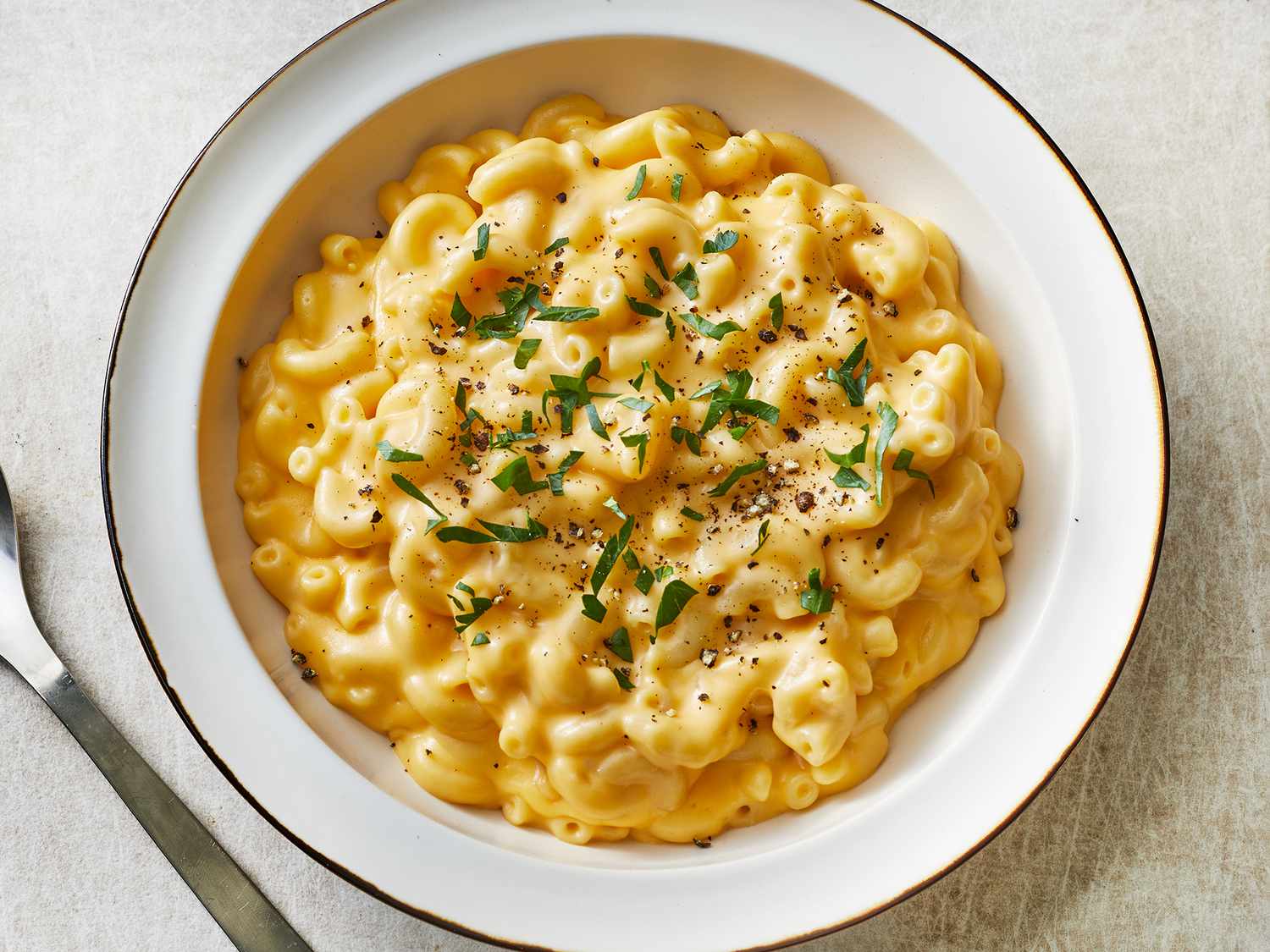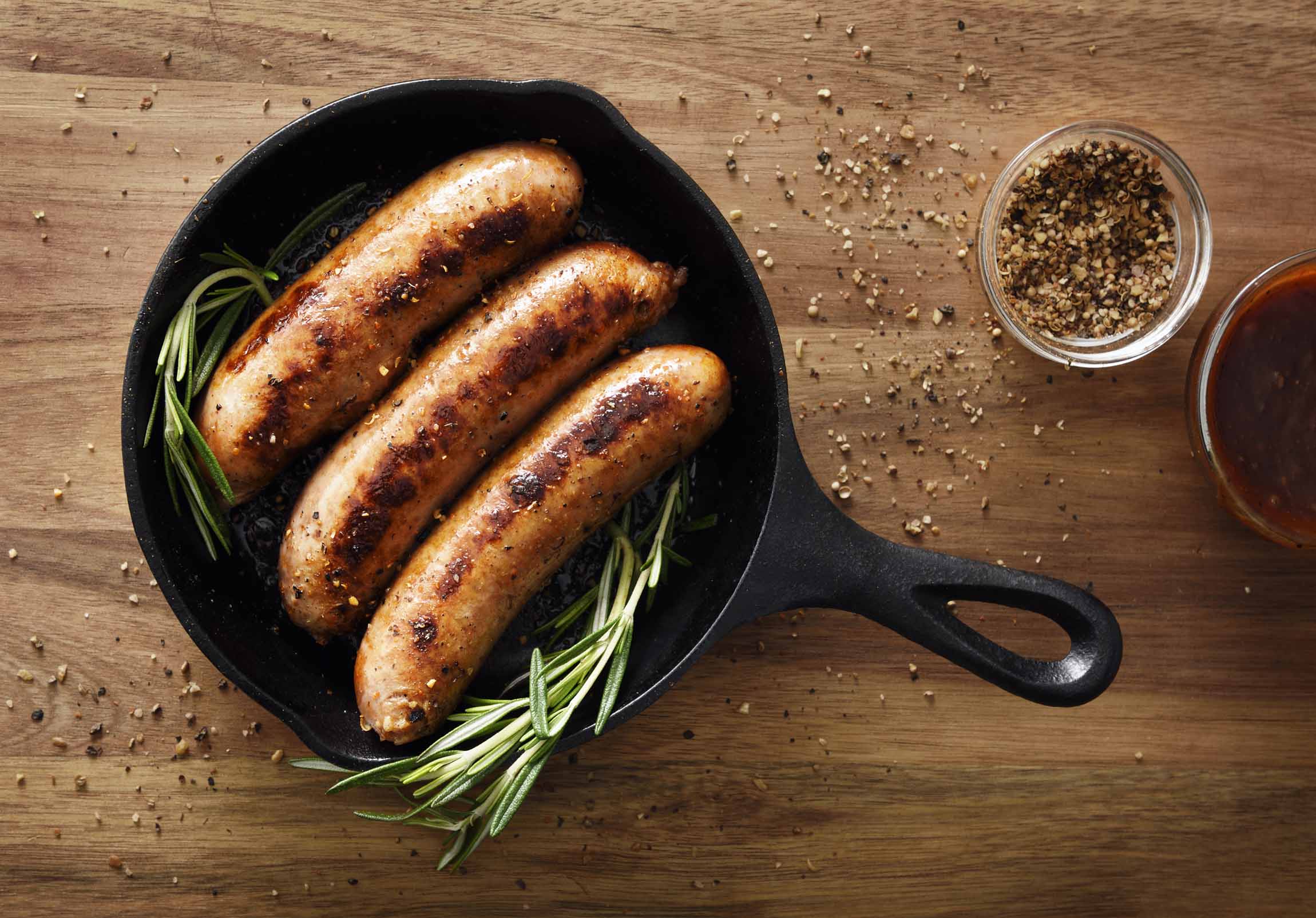Unlocking the Secret to a Mouthwatering Leg of Lamb Roast
Are you ready to impress your guests with a truly exceptional meal? Look no further than a delicious leg of lamb roast. This culinary masterpiece will have your taste buds dancing and your family begging for seconds. So, grab your apron and let’s dive into the art of cooking a perfect leg of lamb roast!
Choose the Perfect Cut
The first step to culinary glory is selecting the right leg of lamb. Look for a cut that is well-trimmed with even marbling throughout. A bone-in leg of lamb will add extra flavor, but a boneless leg is also a great option for easier carving. Aim for a leg that weighs between 5 to 7 pounds, which will serve 6 to 8 people comfortably.
Seasoning Sensation
Now that you have the perfect cut, it’s time to infuse it with incredible flavors. Start by creating a flavorful marinade. Combine garlic, rosemary, thyme, olive oil, lemon zest, salt, and pepper in a mixing bowl. Rub this aromatic mixture all over the lamb, making sure to get every nook and cranny. Allow the lamb to marinate in the refrigerator for at least 4 hours, or overnight if time permits. This will help the flavors to penetrate the meat and make it tender.
The Slow Roasting Technique
Slow roasting is the key to achieving a succulent leg of lamb roast that melts in your mouth. Preheat the oven to 325°F (160°C). Place the marinated lamb on a rack in a roasting pan, with the fat side up. Add a cup of water or broth to the roasting pan to keep the meat moist during cooking.
- Cooking times may vary depending on the desired level of doneness and the size of your leg of lamb. As a general rule, cook for about 20 minutes per pound for medium-rare meat.
- For medium doneness, cook for an additional 5 minutes per pound.
- Remember to check the internal temperature using a meat thermometer. The lamb is ready when it reaches an internal temperature of 135°F (57°C) for medium-rare and 145°F (63°C) for medium.
Rest and Carve Like a Pro
Once the lamb reaches the perfect temperature, remove it from the oven and let it rest for 15-20 minutes. This resting period allows the juices to redistribute, resulting in a more tender and flavorful roast. Use this time to prepare any other sides or gravy to accompany your masterpiece.
When it comes time to carve, locate the bone and use a sharp knife to carve thin slices against the grain. Serve the succulent slices of leg of lamb alongside your favorite roasted vegetables or fluffy mashed potatoes. Your guests will be in awe of your cooking prowess!
Leftover Lamb Love
If you happen to have any leftovers (which is a rarity because it’s so delicious), don’t despair! They can be the foundation for fantastic meals the next day. Use the leftover lamb to make mouthwatering sandwiches, flavorful shepherd’s pie, or even a savory stir-fry. Get creative and let your taste buds guide the way!
Now that you have the secrets to cooking a sensational leg of lamb roast, it’s time to put your skills to the test. Gather your ingredients, turn on some mood music, and prepare to create a memorable meal that will have your guests coming back for more. Happy cooking!
Was this page helpful?
Read Next: How To Cook Chicken Crock Pot
